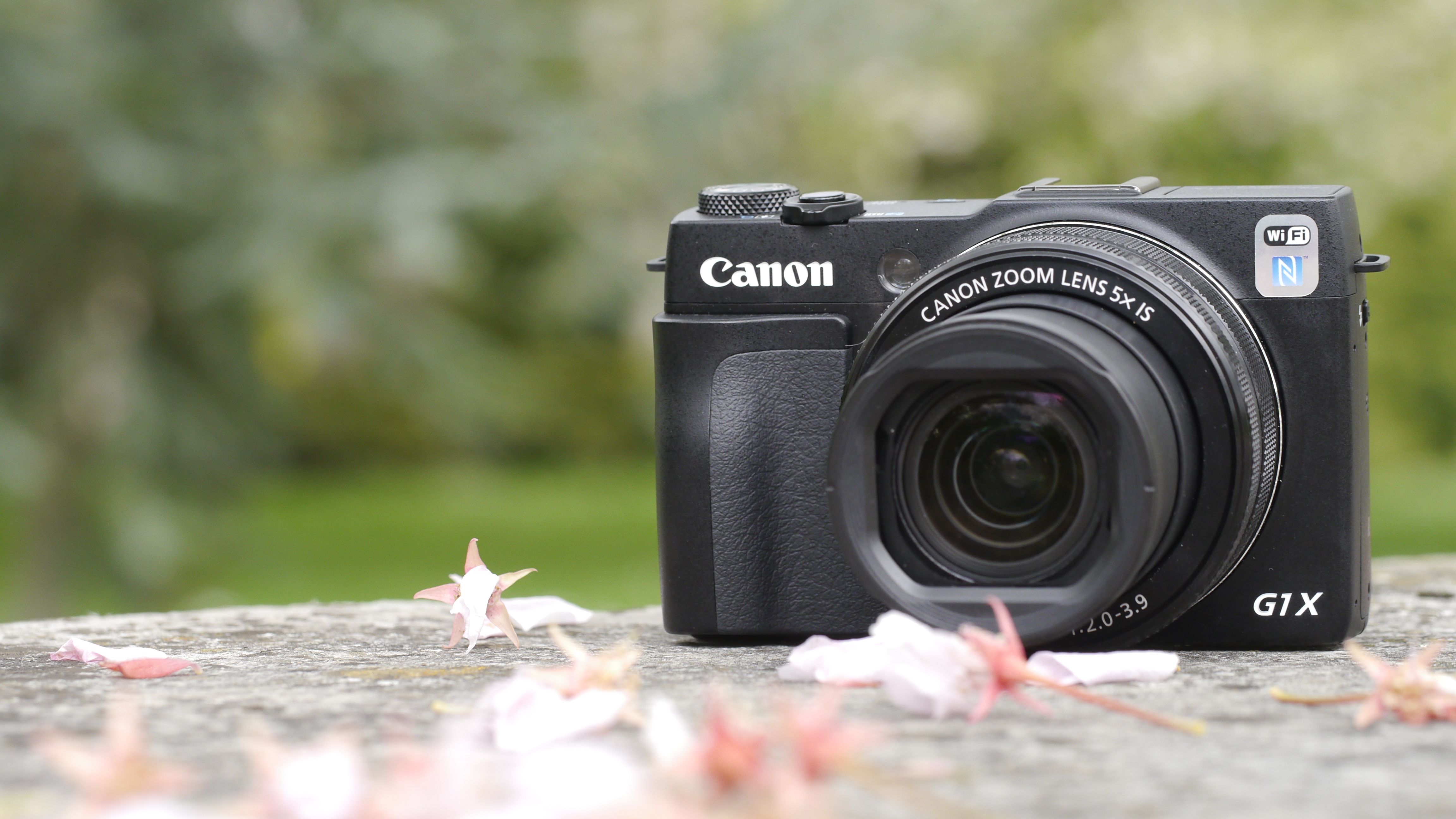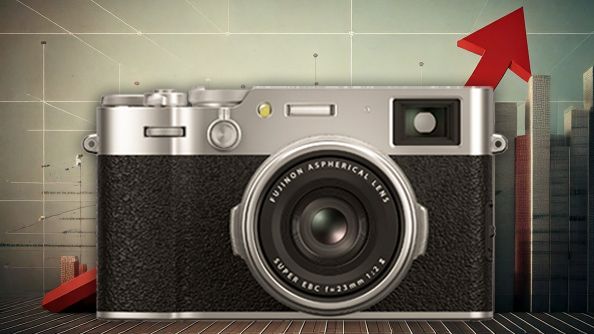Why you can trust TechRadar
We didn't have a problem with image quality of the original G1 X, but its handling was a little odd. The fact that it keeps the sensor is good news as we know it to be a good performer, and with the latest Digic 6 processor, we can expected even better image quality.
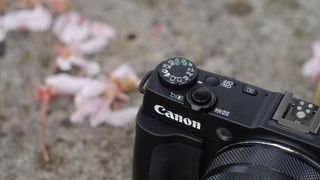
Happily, this seems to be very much the case. Images straight from the camera are bright and punchy, displaying that pleasing Canon saturation that we've come to expect from pretty much all of the company's cameras from compacts right up to DSLRs. You can alter the colour output in camera, but only when shooting in JPEG, which is a bit of a shame. Never the less, it's quite useful for certain subjects, such as landscape, if you're not too bothered about shooting in raw format but want to give colours, such as green, a bit of a boost.
The camera's metering system copes pretty well with the majority of subjects, producing well balanced exposures most of the time. I found during my test that I rarely needed to dial in exposure compensation.
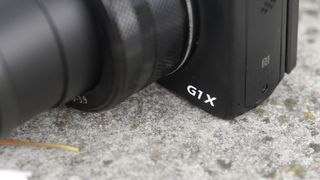
Similarly, the camera's automatic white balance is very impressive. The G1X II copes impressively well when faced with artificial lighting, producing very accurate colours even under mixed or neon lighting, which is pleasing to see. If you do find it's not coping well with artificial lighting, switching to a more appropriate white balance setting is easy.
Detail is rendered well across the frame, and it's here that the larger sensor seems to really make the difference. Detail is apparent not just at normal printing and web sizes (A4 and below), but also when zooming in to 100%, where you can see fine detail, something which most compact cameras often fall down on.
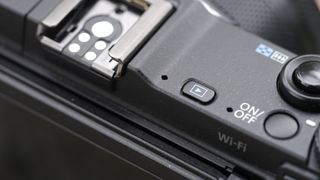
In terms of low light, high sensitivity shooting, the G1X produces some beautifully clean JPEG images at higher speeds. At ISO 3200 for instance, you will see some incidence of image smoothing and loss of detail, but only when examining very carefully at 100% – the Digic 6 processor really does seem to be doing a great job of keeping noise levels down, while crucially not removing too much detail.
At mid-range sensitivites such as 800 or 1600, noise is barely apparent at all – there are some flecks to be seen when examining at 100%, but even then only if you're really hunting from them, the cleanness of images at this speed is also very impressive. When looking at an image at normal printing or web sizes, the overall impression is indeed excellent.
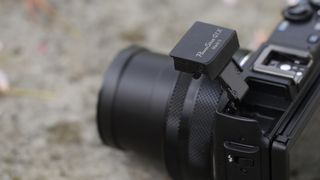
Comparing JPEGs with raw format files, there's a very noticeable difference in the amount of noise present at sensitivities such as ISO 3200. Here you'll see both chroma and luminance noise, but there is more detail to be seen. This means you can use your own image editing software – either the supplied Canon software, or something from a third party, such as Photoshop, to add your own noise reduction and control the output exactly as you want it.
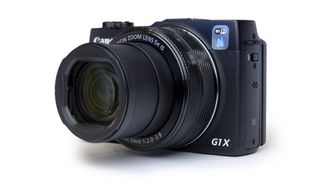
Autofocus performance was something that brought the overall experience of using the G1X down, especially the close focusing distance.
The G1X Mark II removes some of these problems, if not solving them completely. It can now focus as close as 5cm, which is a big improvement on the previous generation. Generally, autofocusing speeds are very quick, and the ability to quickly change the autofocus point using the touchscreen helps with accuracy and composition.
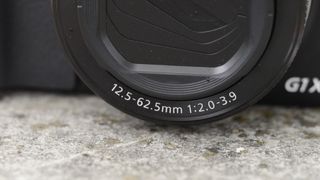
Another improvement that has been made is to the zoom range, which now offers 5x optical, boosted by a digital offering. At the furthest reach of the telephoto optic, detail is resolved very well. Using the digital zoom is helpful if you feel you need the extra reach, and while quality is diminished when examining at 100%, for normal sharing sizes, it's more than acceptable, and handy to have if the 120mm equivalent isn't quite enough. Bear in mind you can't shoot in raw format and use the digital zoom though, so you'll need to switch this off first.
A number of different filters are available for those who want to get creative with their shots. Unfortunately, those found in the filters mode are starting to look a little dated, with Canon not refreshing or introducing any new filters for quite some time now. Still, it's worth experimenting with them to see if you like them – my personal favourite is Toy Camera mode. You can also use Creative Shot mode, which will automatically select five different effects to apply to an image – some of these are fun, and it's a shame you can't manually select these filters elsewhere.
Current page: Performance
Prev Page Introduction, build quality and handling Next Page Image quality and resolutionAmy has been writing about cameras, photography and associated tech since 2009. Amy was once part of the photography testing team for Future Publishing working across TechRadar, Digital Camera, PhotoPlus, N Photo and Photography Week. For her photography, she has won awards and has been exhibited. She often partakes in unusual projects - including one intense year where she used a different camera every single day. Amy is currently the Features Editor at Amateur Photographer magazine, and in her increasingly little spare time works across a number of high-profile publications including Wired, Stuff, Digital Camera World, Expert Reviews, and just a little off-tangent, PetsRadar.
